A new study takes an important step toward reconstructing a global history of water over the past 2,000 years. Using geologic and biologic evidence preserved in natural archives — including globally distributed corals, trees, ice, cave formations and sediments — the researchers showed that the global water cycle has changed during periods of higher and lower temperatures in the recent past.
Tag: Climate Models
How trees influence cloud formation
As part of the international CLOUD project at the nuclear research centre CERN, researchers at PSI have identified so-called sesquiterpenes – gaseous hydrocarbons that are released by plants – as being a major factor in cloud formation.
UAH gains $617K funding for two Department of Energy atmospheric research grants aimed to improve climate models
The U.S. Department of Energy (DOE) has announced that researchers at The University of Alabama in Huntsville (UAH) have been awarded two projects designed to investigate the characteristics and evolution of convective clouds through advanced modeling. The projects are aimed at improving the capabilities of Earth system models to predict weather and climate changes.
Addressing adaptation inequalities in climate research
A new study proposes ways to better incorporate adaptation in climate change research, addressing the uneven distribution of adaptation capacities and needs worldwide.
Before global warming, was the Earth cooling down or heating up?
A review article published today in Nature addresses this conflict between models and evidence, known as the Holocene global temperature conundrum. Lead author Darrell Kaufman, a Regents’ professor in the School of Earth and Sustainability, and University of Arizona postdoctoral researcher Ellie Broadman, a co-author who worked on this study while earning her Ph.D. at NAU, analyzed a broad swath of available data from the last 12,000 years to break down the conundrum.
Sandia-operated Arctic measurement facility moves, research to continue
After eight great years of observations and research, a Sandia National Laboratories-operated atmospheric measurement facility moved from Oliktok Point, on the North Slope of Alaska, this summer. The mobile facility will be relocating to the southeastern United States; the exact location is still being decided.
Putting a price on climate change
A new study looks back on how ten years of scientific advancements have influenced emissions estimates, and explores how to resolve some of the most important outstanding gaps in existing models.
Department of Energy Announces $7.7 Million for Earth & Environmental Systems Modeling
Today, the U.S. Department of Energy (DOE) announced $7.7 million in funding for 11 studies to improve understanding of Earth system predictability and DOE’s Energy Exascale Earth System Model (E3SM), a state-of-the-science climate model.
DOE Announces $11 Million to Study Critical Ecosystems and Improve Climate and Earth System Modeling
The U.S. Department of Energy (DOE) today announced $11 million in funding for new research studying how critical ecosystems, such as forests, arid lands, and coastal environments, are impacted by extreme weather events, such as floods, droughts, and heat waves.
Satellites may have underestimated warming in the lower atmosphere
New research by Lawrence Livermore National Laboratory (LLNL) climate scientists and collaborators shows that satellite measurements of the temperature of the troposphere (the lowest region of the atmosphere) may have underestimated global warming over the last 40 years.
Understanding the Source of Extremely Small Particles above the Amazon
The aerosol particles that serve as seeds for cloud formation are major drivers of global climate change. However, the sources and chemical processes behind the formation of these particles are unclear. Researchers have now found that carbon-based compounds from natural biological sources drive the formation of new particles. These sources play key roles in producing the large number of small particles in the atmosphere above the Amazon rainforest.
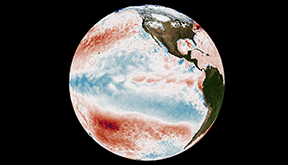
Natural variations help resolve a climate puzzle
New research shows that naturally occurring climate variations help explain a long-standing difference between climate models and satellite observations of global warming.
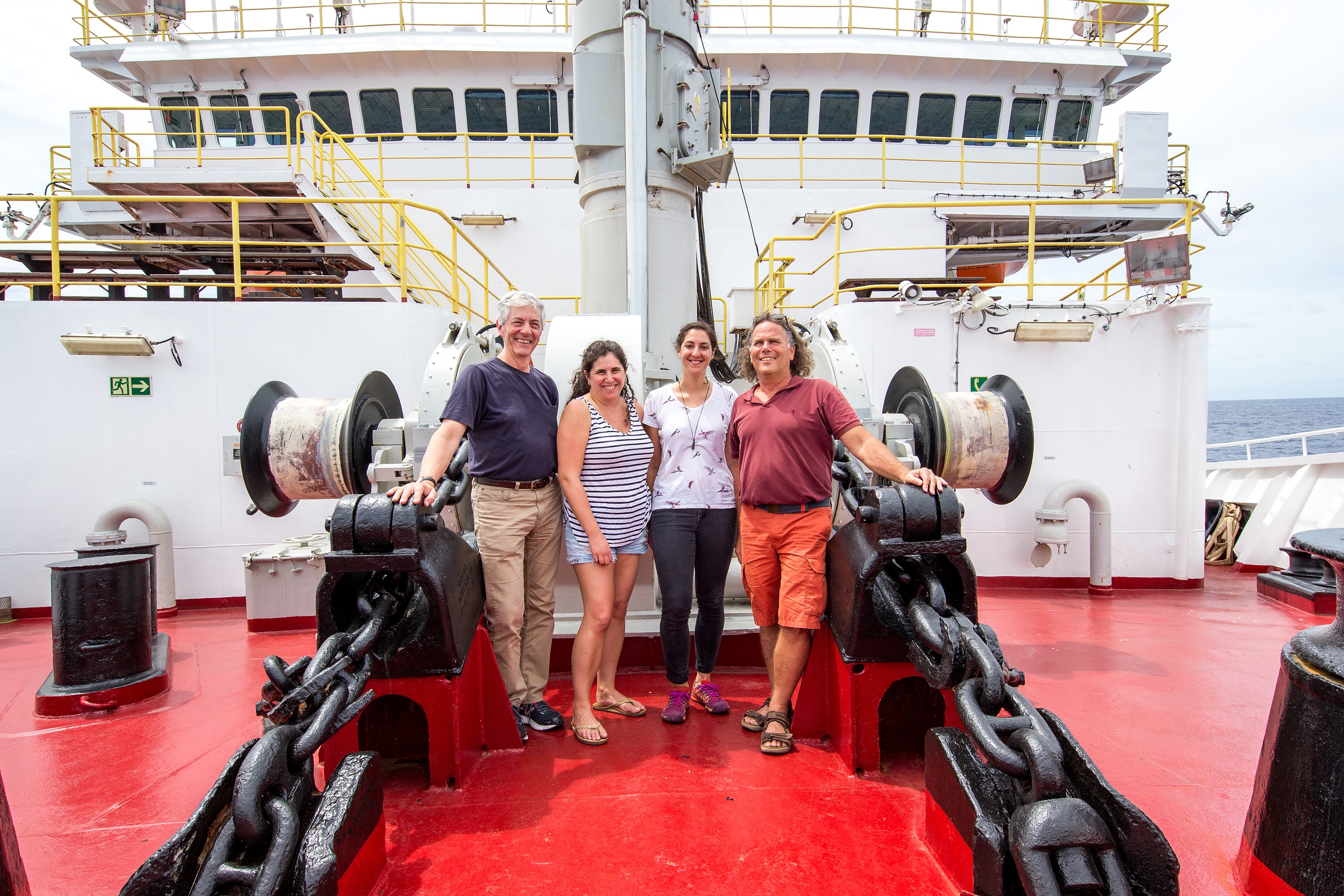
Important Climate Change Mystery Solved by Scientists
Scientists have resolved a key climate change mystery, showing that the annual global temperature today is the warmest of the past 10,000 years – contrary to recent research, according to a Rutgers-led study in the journal Nature. The long-standing mystery is called the “Holocene temperature conundrum,” with some skeptics contending that climate model predictions of future warming must be wrong. The scientists say their findings will challenge long-held views on the temperature history in the Holocene era, which began about 12,000 years ago.
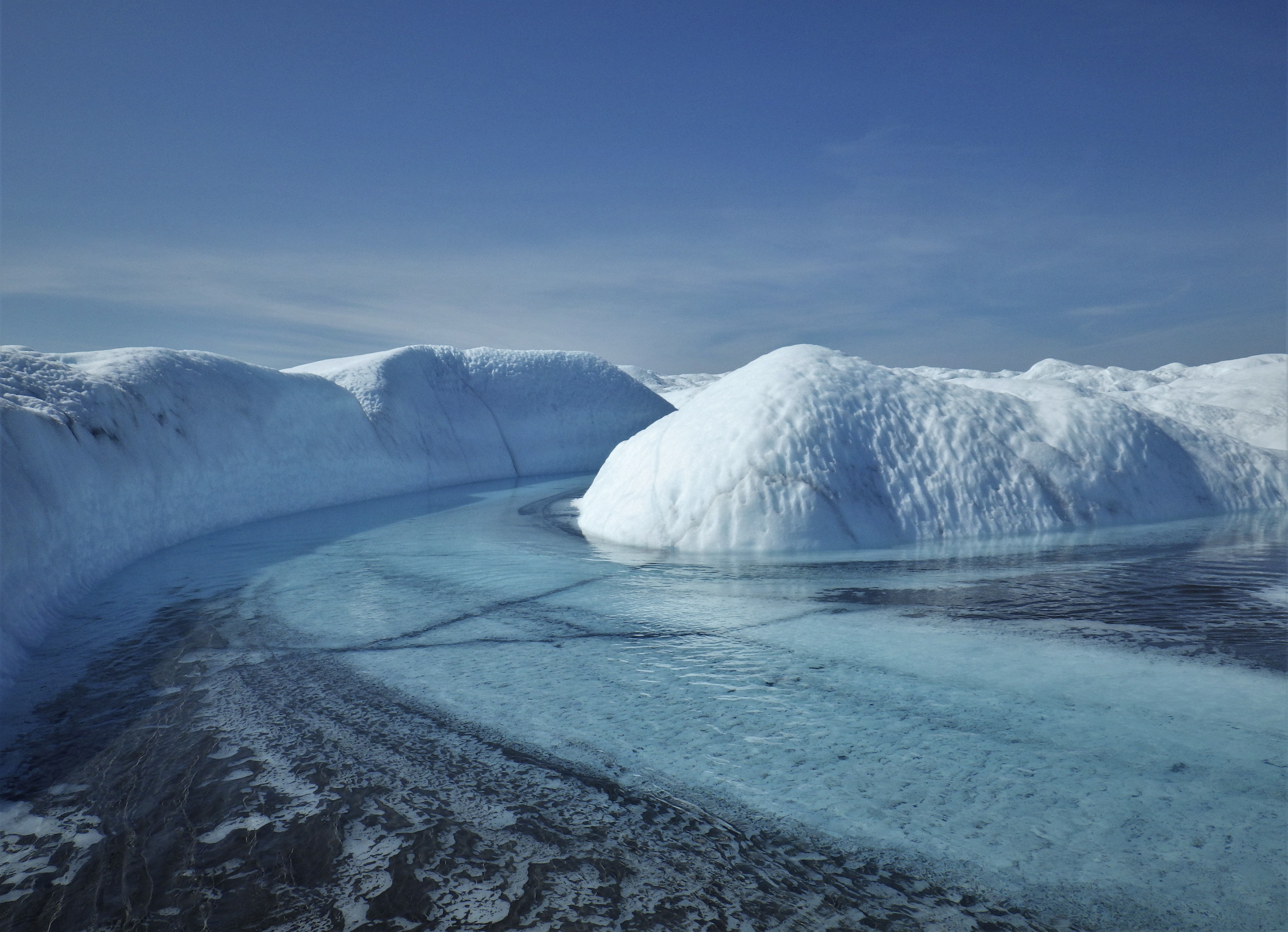
Greenland Melting Likely Increased by Bacteria in Sediment
Bacteria are likely triggering greater melting on the Greenland ice sheet, possibly increasing the island’s contribution to sea-level rise, according to Rutgers scientists. That’s because the microbes cause sunlight-absorbing sediment to clump together and accumulate in the meltwater streams, according to a Rutgers-led study – the first of its kind – in the journal Geophysical Research Letters. The findings can be incorporated in climate models, leading to more accurate predictions of melting, scientists say.
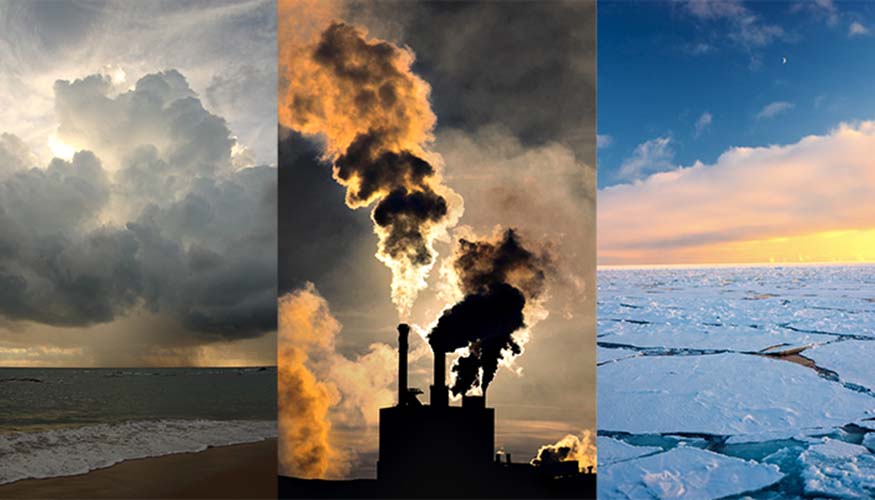
Paying for emissions we’ve already released
The planet is committed to global warming in excess of 2 degrees Celsius (3.6°F) just from greenhouse gases that have already been added to the atmosphere. This is the conclusion of new research by scientists from Nanjing University, Lawrence Livermore National Laboratory (LLNL) and Texas A&M University, which appears in the latest edition of Nature Climate Change.
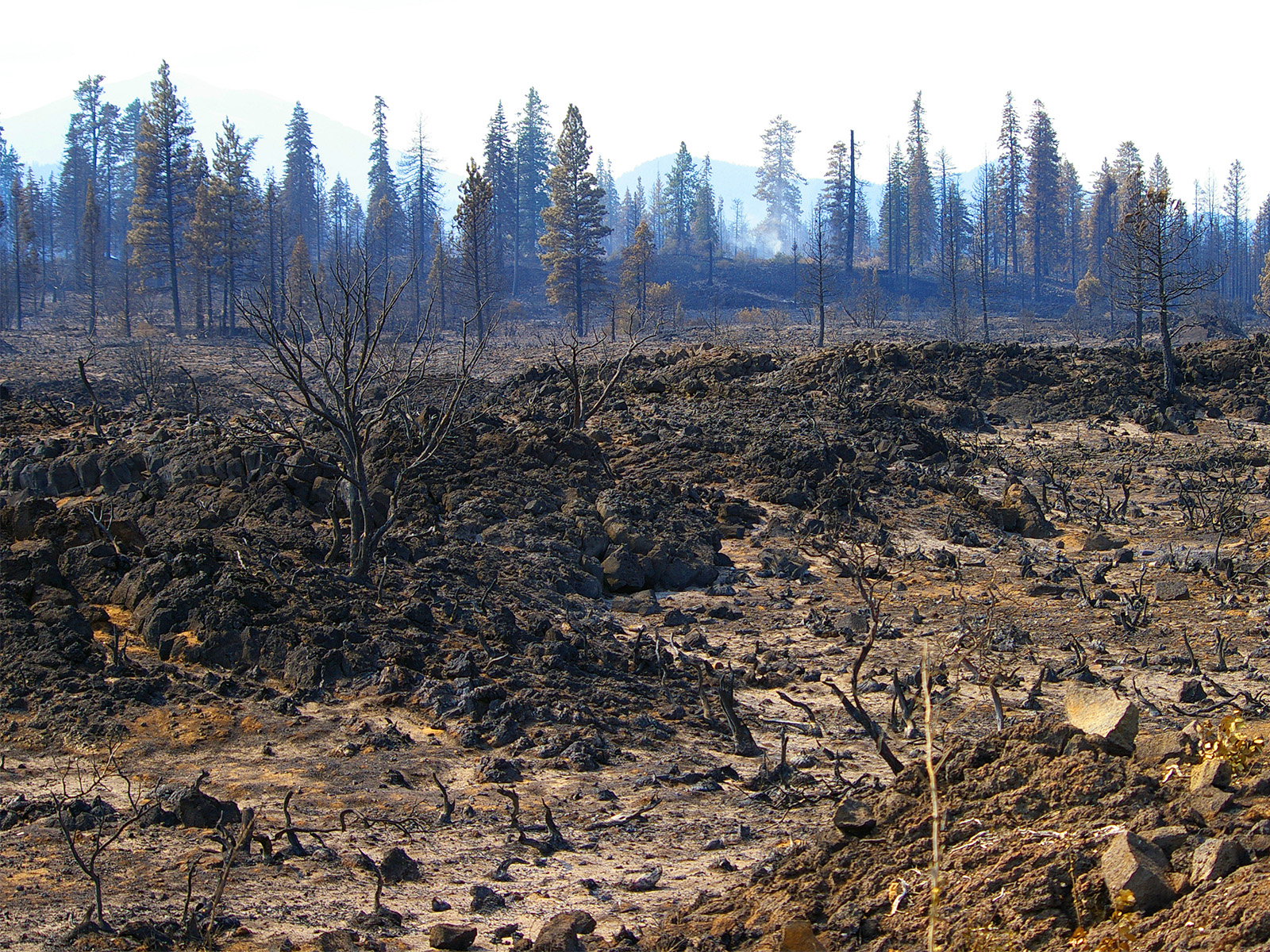
Error Correction Means California’s Future Wetter Winters May Never Come
California and other areas of the U.S. Southwest may see less future winter precipitation than previously projected by climate models. After probing a persistent error in widely used models, PNNL researchers estimate that California will likely experience drier winters in the future than projected by some climate models, meaning residents may see less spring runoff, higher spring temperatures, and an increased risk of wildfire in coming years.
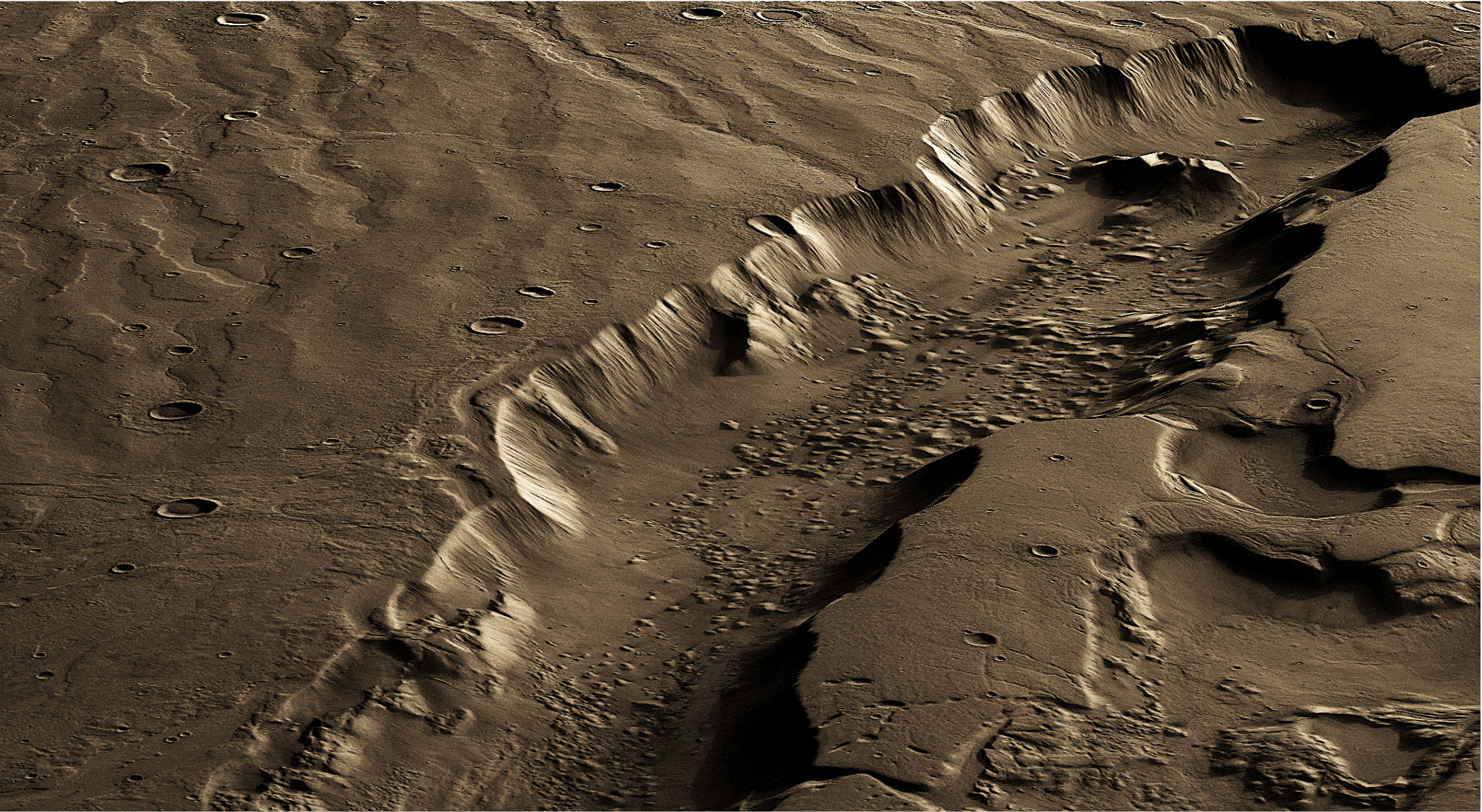
Best Region For Life on Mars Was Far Below Surface
The most habitable region for life on Mars would have been up to several miles below its surface, likely due to subsurface melting of thick ice sheets fueled by geothermal heat, a Rutgers-led study concludes. The study, published in the journal Science Advances, may help resolve what’s known as the faint young sun paradox – a lingering key question in Mars science.
Computing collaboration reveals global ripple effect of shifting monsoons
Scientists from ORNL and a dozen other international research institutions ran a series of simulations to produce the most elaborate set of projections to date that illustrates possible changes in nine monsoon regions across five continents.
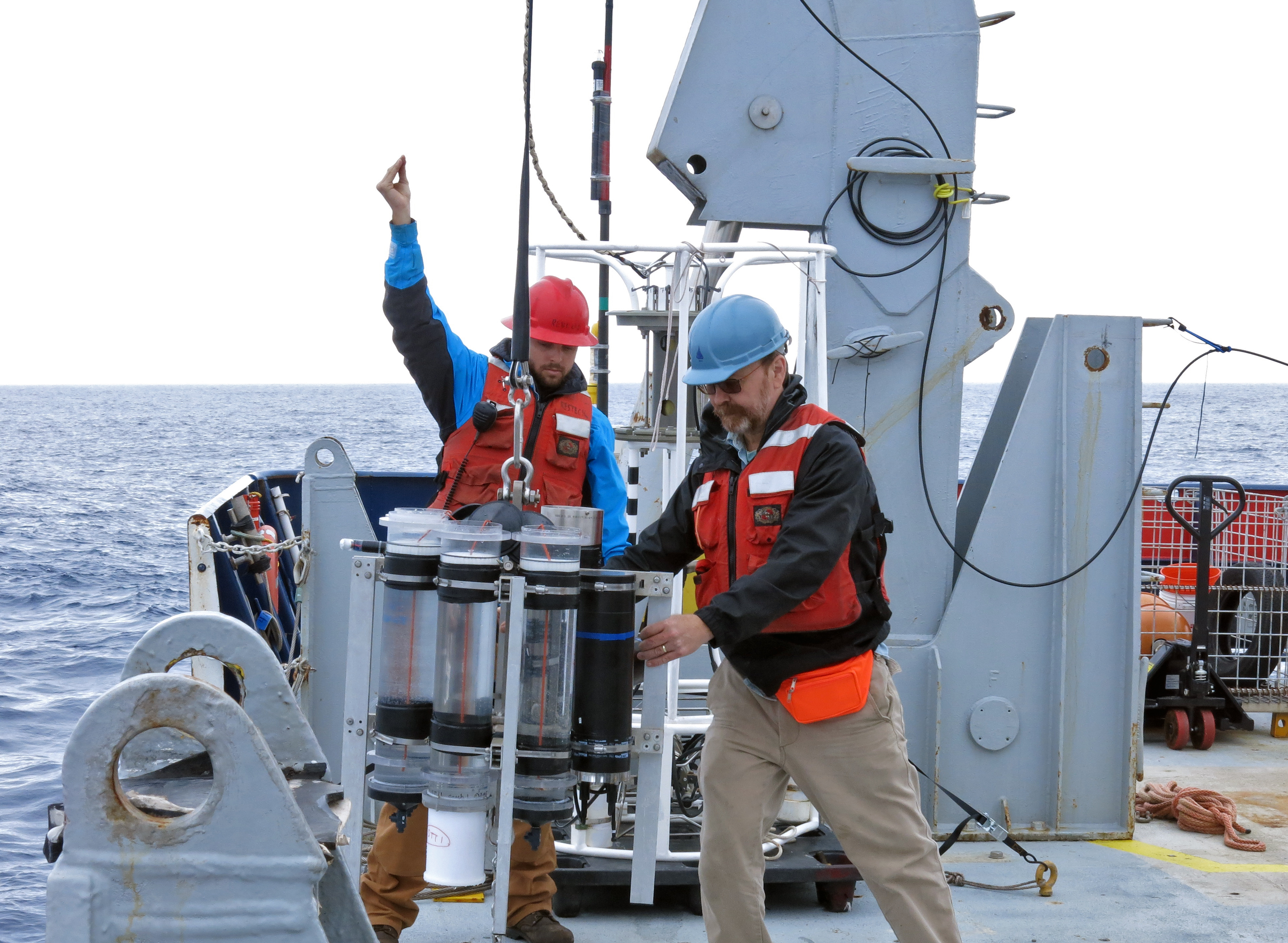
Ocean’s ‘biological pump’ captures more carbon than expected
Scientists have long known that the ocean plays an essential role in capturing carbon from the atmosphere, but a new study from Woods Hole Oceanographic Institution (WHOI) shows that the efficiency of the ocean’s “biological carbon pump” has been drastically underestimated, with implications for future climate assessments.
Department of Energy Announces $13 Million for Atmospheric Research
27 Projects Aim to Improve Predictive Power of Computer Models 27 Projects Aim to Improve Predictive Power of Computer Models WASHINGTON, D.C. – Today, the U.S. Department of Energy (DOE) announced $13 million in funding for 27 projects in atmospheric sciences in…